Orkney hopes 5G can transform economy and island life
5G trials in Orkney aim to improve connectivity for residents and businesses
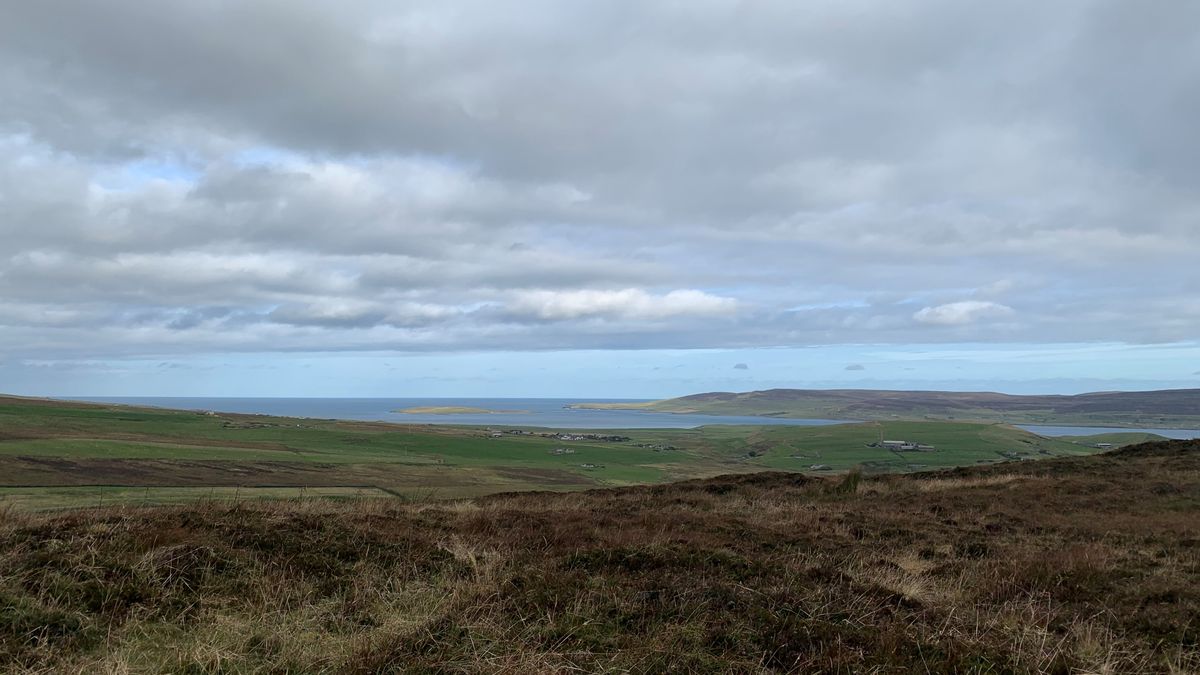
The first thing you notice about Orkney is how pretty it is. The views are spectacular when the clouds and mist deem you worthy to lay eyes upon them and it’s no surprise Orkney attracts so many visitors from the Scottish mainland and the cruise ships.
The second thing you might observe is the wind. And then you eventually notice how few trees there are to impede the sights. These two observations are not unrelated
Located off the cost of Scotland’s most northerly tip, the Orkney Islands are remote and exposed to the elements. These geographical characteristics make it difficult to build telecommunications infrastructure, while the islands’ population of just 22,000 make it less economically attractive to major providers.
Orcadians are aware of how beautiful their home is and value their way of life. But they also don’t want to be left behind when it comes to the economic and societal benefits of digital services.
- Faroese Telecom wants to bring 5G to Orkney
- 5G RuralFirst heads to Orkney
- What is 5G? Everything you need to know
Poor connectivity
There have been some efforts to improve matters. Thanks to Broadband Delivery UK (BDUK), there is 60 per cent superfast broadband coverage, but this is limited to the easiest and most economically viable parts of Orkney.
Areas, including the largest town of Kirkwall, also have 4G coverage. TechRadar Pro was able to get a decent signal in most places using EE’s network, but the use of 1800MHz spectrum makes it difficult for signals to penetrate the thick walls of Orkney's buildings.
There are also significant gaps in service. Local experts believe there are just five cell sites per mobile operator for the entire population and some of the outer islands only really have 2G, leaving residents unable to access even basic data services.
Are you a pro? Subscribe to our newsletter
Sign up to the TechRadar Pro newsletter to get all the top news, opinion, features and guidance your business needs to succeed!
Shona Croy, strategic advisor for renewables and connectivity at Orkney Islands Council, believes Orkney suffers from a “market failure” that is negatively impacting public services, education and industries.
“Orkney has the worst connectivity in the UK and there’s no reason why it should have,” she says. “It’s a market opportunity [the telcos] are missing out on, and it’s not like we haven’t told them.”
Because of Orkney’s remoteness, it’s even difficult to get a technical problem fixed because of the cost and time it takes to get an engineer across from the mainland. And if the ferry linking Orkney to the rest of Scotland isn’t running because of weather, it’s even more expensive for the telcos.
Some resident envy cast envious eyes on the Faroe Islands, a relatively nearby autonomous territory of Denmark with similar geographical traits, as they are served by a local provider in Faroese Telecom. The company has expressed an interest in helping Orkney, but current UK regulations don’t allow it to acquire spectrum licences solely for the islands.
Croy doesn’t really care about which technology is used to improve the situation so long as it gets better. She believes connectivity will lead to new applications such as IoT-enabled health sensors for the elderly and remote education can transform island life by bringing down the cost of labour intensive and expensive services.
It’s why the council was so keen to be part of 5GRuralFirst, one of a number of government-assisted 5G testbeds designed to identify and test the potential use cases for 5G. In Orkney, 5G is being used to help industries become more efficient, deliver broadcast signals more efficiently, and to promote tourism.
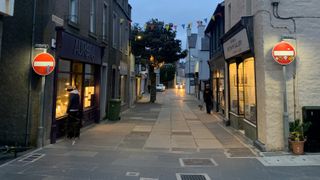
5G potential
One of the key aims of 5GRuralFirst is to demonstrate that the economics of traditional operator models aren't appropriate to measure the viability of network construction in rural areas.
Partners include local Wireless ISP Cloudnet, which was built out of a project to deliver white space-based communications services to ships, Cisco and researchers from the University of Strathclyde.
One key advantage in Orkney’s favour is that it is connected to a state-of-the-art Faroese subsea cable that heads on to Shetland and then the Faroe Islands themselves. The cable has 10 fibres, each with a capacity of 57Gbps, and dotted around the islands are a series of backhaul links.
So far, 5G has been switched on at 17 sites. Radio models have been done by students from the university, while Cloudnet managing director Greg Whitton uses his knowledge of the islands' topography and local community to aid rollout. For example, he might know an ideal hill on which to place a mast or a friendly farmer who will offer his land in exchange for free broadband.
Participants in the project say that if it was BT or another major company knocking on the farmer’s door then they’d be “rubbing their hands” at the prospect of high rents. However the local approach means 5GRuralFirst can connect communities more easily and more cost effectively.
Another example of typical ‘one size fits all’ approach to network deployment is equipment. Business models that deem Orkney not to be economically viable involve the use of kit from ‘tier one’ vendors. 5GRuralFirst is using software-based kit from tier two vendors which lowers the cost and allows for the construction of a network that can be upgraded once more Orcadians receive compatible handsets.
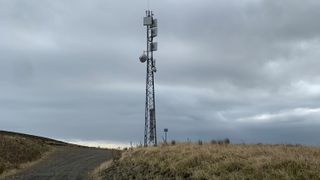
OpenRoaming
“The four major operators won’t bring 5G to Orkney themselves,” says Dez O’Connor, Cisco’s project lead. “They’re focusing on major cities and then they’ll go to towns with the next largest populations.
“They won’t build competing infrastructure on every single island with some only having a population of 50.”
5GRuralFirst is open to either working with or four the operators. For example, it could agree to build a network for one operator or become a neutral host for all four and reach roaming agreements.
Most of what the project wants to achieve would require some flexibility from regulators. At present, 5GRuralFirst isn’t allowed to offer SIM cards to residents. So instead, it has created a frictionless Wi-Fi network called ‘OpenRoaming’ that allows users to move from one hotspot to another with just one user identity authentication.
“OpenRoaming solves the security element of Wi-Fi,” adds O’Connor. “[To log on], you choose a provider (usually a mobile operator) that has identity for you and that you trust and you’re logged on.”
So far, there have been more than 3.8 million attempts to join the 5G network from 65,000 devices in the past month. While Orcadians are restricted to their ‘home’ network, tourists visiting the island will seek out the best possible network when they’re roaming.
This in itself could be a commercial opportunity for tour operators and cruise ships. As part of an excursion package, they could sell access to the OpenRoaming network alongside other tourist services. 5GRuralFirst has built an Augmented Reality (AR) app called ‘Orkney Origins’ to improve the tourist experience at the ancient village of Skara Brae as an example.
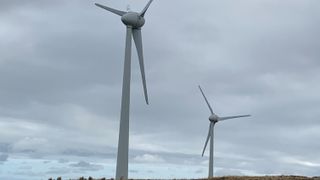
Industrial boost
Alongside tourism, Orkney is host to salmon farms, whisky distilleries and wind farms – some of the UK’s biggest industries. Local leaders believe if these sectors have survived on Orkney without access to better connectivity then they would be able to thrive with it.
At one wind farm, 5G is being used to record wind speed and weather measurements, automatically shutting down turbines if there is thunder. This real-time information is significantly more accurate than weather forecasts.
Councils and locals have invested in wind energy projects on Orkney, meaning greater efficiency doesn’t just improve access to power, it also increases the amount of power that can be sent to the National Grid. Any revenue that results can be reinvested into local services.
After Norway and Chile, UK is the world’s third largest producer of salmon in the world. Scottish Sea Farms operates several facilities in Orkney and is using technology to drive efficiencies and reduce the environmental impact of salmon farming.
5G is connecting solar-powered devices that monitor PH level, dissolved oxygen, and temperature. The sensors send reports every 10 minutes or so, with packets typically around 65kb in size. Scottish Sea Farms has also added devices onto feeding hoppers to detect any unusual activity. For example, a member of staff might forget to close the hopper or there could be a theft.
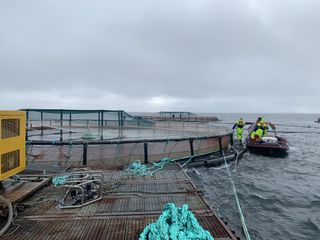
The path forward
Everyone involved with 5GRuralFirst is enthusiastic about what has been achieved on Orkney but the project will eventually come to an end. Along with other pilots in Shropshire and Somerset, the findings from these trials will be used to inform the government’s 5G strategy and policies.
Residents have also been engaged, most notably through a music track created native composer Erland Cooper. 5G-enabled remote microphones collected sounds at each of the industries involved with the trial and Cooper created the composition called 'Tapestry' at his studio in London.
To a degree, one aim of the project has already been fulfilled. Earlier this year Ofcom said it wanted to give businesses and rural communities the opportunity to build mobile networks by using licensed but unused spectrum on a local basis. There is also a suggestion that there could be a more regional approach to regulation in the future.
For example, EE could give a community project in Orkney access to its spectrum in exchange for a roaming agreement. What’s more, the additional coverage could count towards the fulfilment of each operators’ coverage obligations. In theory, the barriers to Faroese Telecom's involvement could also be removed.
“We need to either work with them or do something for them,” concludes Whitton.
- Here are the best EE deals for October 2019
Steve McCaskill is TechRadar Pro's resident mobile industry expert, covering all aspects of the UK and global news, from operators to service providers and everything in between. He is a former editor of Silicon UK and journalist with over a decade's experience in the technology industry, writing about technology, in particular, telecoms, mobile and sports tech, sports, video games and media.













